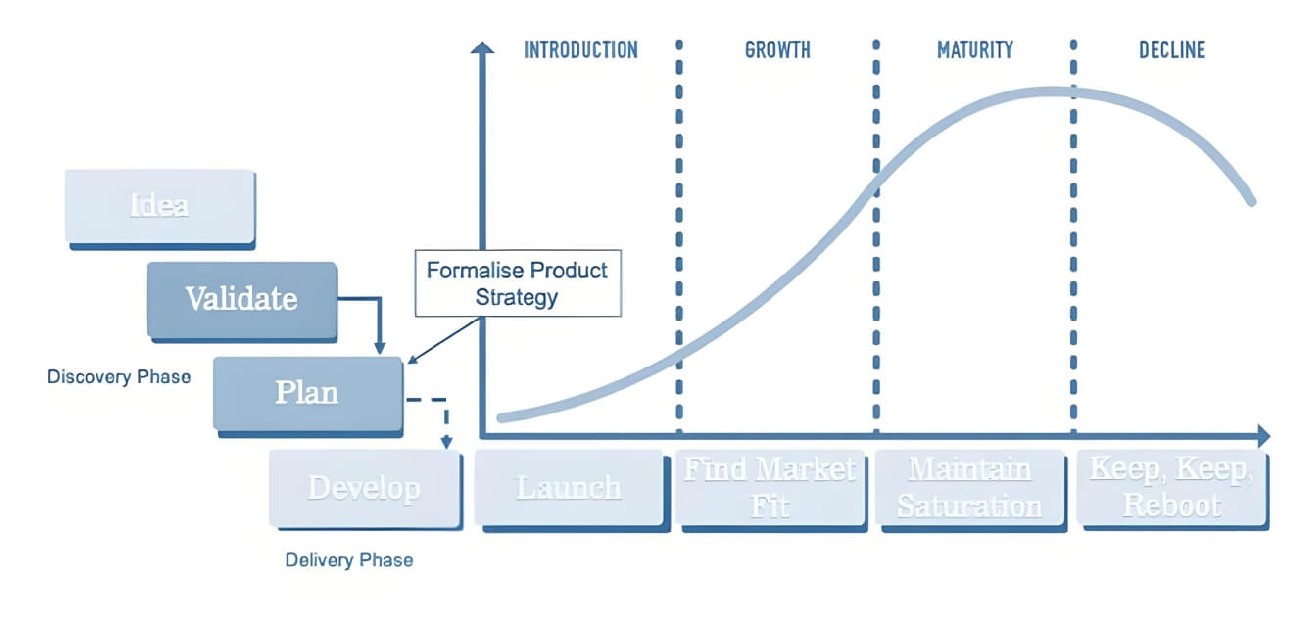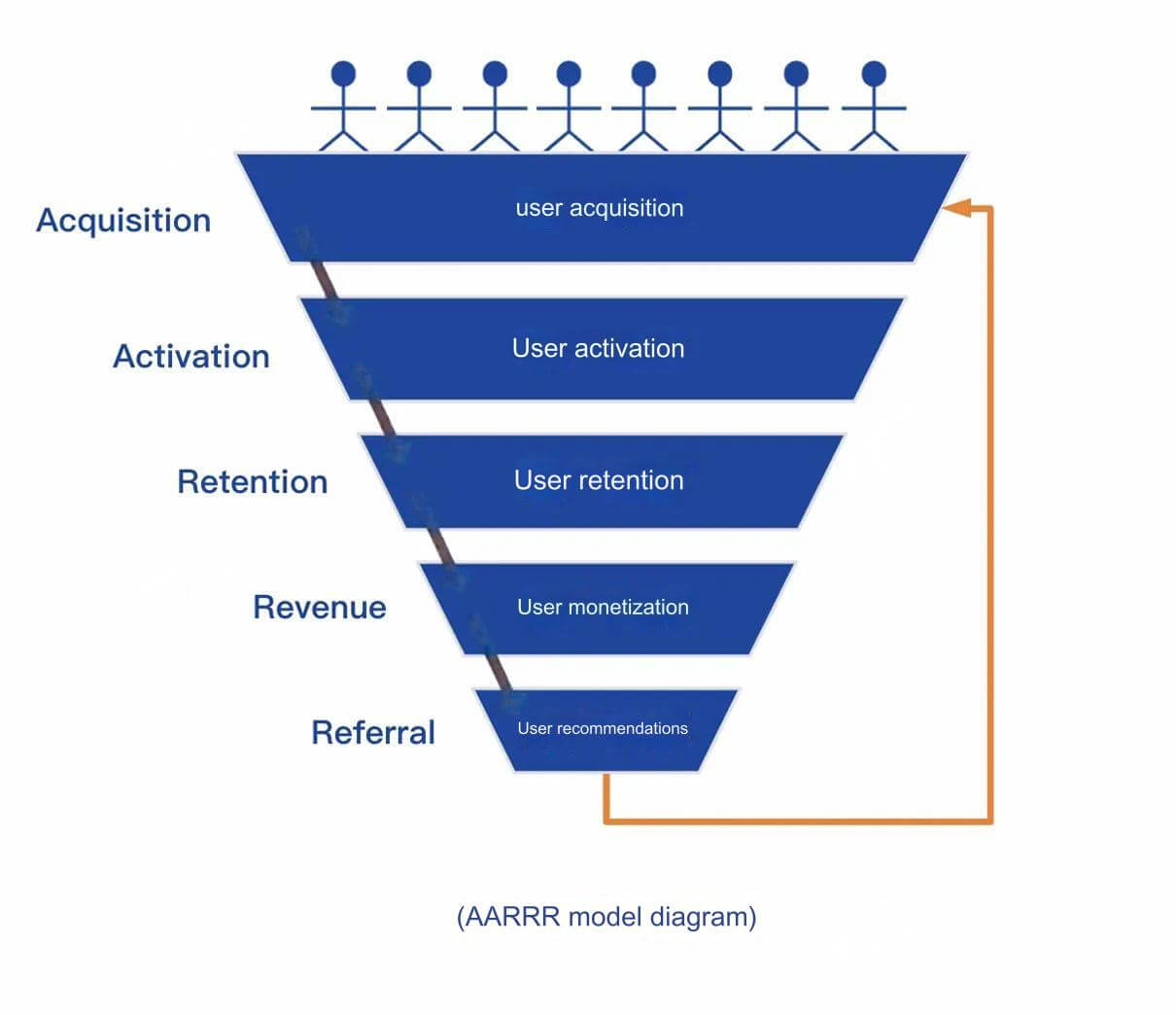How can one enhance their understanding of business if they don’t have the chance to engage with it directly? Before getting hands-on experience, how can one improve their understanding of business? The author breaks business understanding down into three parts: business model, operational model, and business execution. The key is to clarify the relationships between them and how they are carried out. Let’s take a look!
A common concern is: how can one improve their business understanding when not directly exposed to it?
This question is often encountered by students who haven't interned yet or new data analysts who are far from the business teams. Without the right approach, it can indeed hinder future development.
Let’s discuss this briefly today.
1. What is Business Understanding?
Before discussing methods, let’s first analyze the concept.
Understanding the concept is the first step toward taking action. So, we first need to clarify: what exactly is business understanding?
In my view, business understanding can be divided into three levels:
Business Model: This is the strategic level of the business. The key question to ask is: "What is our business model? How do we make money?"
Operational Model: This focuses on the tactical level. You need to understand business processes, such as: "How do we acquire users? What strategies do we use to keep them engaged?"
Business Execution: This is the level of concrete execution, dealing with daily operations like: "How do we replace advertising materials?"
Once you’ve figured out these three questions, you’ll have a relatively comprehensive understanding of the business.
1.1 Business Understanding Level 1: Business Model
The business model answers the basic question: “How does the company make money?”
To understand a company’s business model, start by analyzing the target market and customer segments, and clarify the company's value proposition. Then, determine through which channels the company reaches its customers, how customer relationships are established, and how revenue is generated.
Additionally, you need to identify the key resources and activities required to realize the business model, as well as potential partners. Finally, carefully analyze the cost structure to ensure the business model’s sustainability.
Of the three levels of business understanding, the business model is the easiest to grasp. Even if you haven’t witnessed the entire sales process, you likely have a sense of what product your company sells and to whom, simply because you are also a consumer and may be using the company’s products.
However, you may not be familiar with more in-depth information like the cost structure of partnerships.
If your company or the company you’re researching is publicly listed, you can gain preliminary insights through disclosed financial reports.
If your company doesn’t have financial reports, you can still learn about costs and partnerships through casual conversations with others. People often enjoy gossiping about their own company’s information, particularly when it involves interactions between upper management and suppliers, so it’s not hard to find out.
At several companies I’ve worked at, I learned a lot about the company’s strategic direction, partnerships, and internal complaints through casual chats with colleagues.
People love gossip, especially when it involves top executives.
1.2 Business Understanding Level 2: Operational Model
The operational model focuses on business processes, which are the tactical choices made to execute the strategic business model. Even if two companies have very similar business models, their operational models are likely to differ.
This is because companies have different resources and capabilities, so the methods they choose to implement their business strategy will vary.
For example, let’s say both companies provide video services. Company A has stronger content production capabilities, so it relies more on an in-house content team to expand its content library.
On the other hand, Company B has more channels for copyright partnerships, so it acquires content primarily through collaboration or purchasing licenses.
Even though both companies sell content services online to similar customer groups, the content acquisition stage involves two different operational models: in-house content creation versus copyright purchasing.
The operational model also includes more specific processes.
If content is created in-house, what mechanisms and processes ensure the production of high-quality content? If content is purchased, what methods ensure access to quality content?
In addition to content acquisition, there are various operational models for identifying customer needs, product development, marketing, sales, delivery, customer support, and supply chain management.
Understanding the differences in operational models is more challenging than understanding business models. Many specific operational methods can only be discovered within the company.
These methods often have a shelf life—some practices from six months ago may already be outdated. Companies continuously evolve their operational models, so if you’re outside the company, it’s difficult to stay fully informed.
However, as a beginner, you don’t need to limit yourself to understanding one company’s operational model. What’s more important is knowing the common operational models across different industries.
Now, there are plenty of short video platforms, books, and tutorials that introduce operational models from various industries. You can find content based on the business areas you want to learn about.
For example, if you want to learn about supply chain management, search for relevant content on that. If you’re interested in channel marketing, search for information on marketing channels.
Finding this information isn’t hard, but if you don’t understand the structure of “business model, operational model, and business execution,” you may struggle to form a complete understanding, no matter how many practical business videos you watch.
Of course, the methods above will only give you a superficial understanding of operational models. To gain deeper insight, you’ll still need to consult colleagues responsible for that part of the business.
1.3 Business Understanding Level 3: Business Execution
Business execution involves the standard operating procedures (SOPs) that employees follow in their daily work. These SOPs ensure that business activities are carried out consistently and efficiently while helping to reduce errors and improve productivity.
Business execution varies significantly from company to company.
Even when using the same online advertising tools, differences in team size and skill levels can lead to major differences.
You need to understand who is responsible for each business action, what steps they take, and how long each action takes to complete.
Knowing this information may not always help with deep analysis, but it will prevent you from making impractical suggestions.
For example, you might think that the advertising landing page needs new materials, so you propose conducting an A/B test with 30 different sets of materials.
When you make this suggestion, the business team might laugh and say, “Do you know how many materials we can create in a day? Do you realize creating an ad isn’t just about swapping images? Do you know about the approval, validation, and testing processes?”
If you don’t know any of this, you’re just suggesting A/B testing without understanding the reality.
The best way to understand business execution is to spend time with the business team and observe their daily work. The processes and efficiency vary greatly from company to company, and the information you get from public sources may not be relevant to your specific company.
Another way to accumulate experience is to share your analysis conclusions with the business team after drawing some insights. The team will discuss your findings and plan the next steps, which is an excellent opportunity to gain experience in business execution. Many analysts who are highly familiar with a company’s business often gain this deep understanding by working closely with multiple business teams and becoming familiar with their execution styles and processes.
Since business execution differs the most between companies, if you can thoroughly understand this aspect, you will have a unique advantage within the company.
2. Conclusion
Understanding the business model, analyzing the operational model, and mastering business execution—these three levels form the core of business understanding.
It’s possible to grasp the first two through public information without direct business involvement, but the last—business execution—requires firsthand experience with frontline teams. There’s no way around it.







